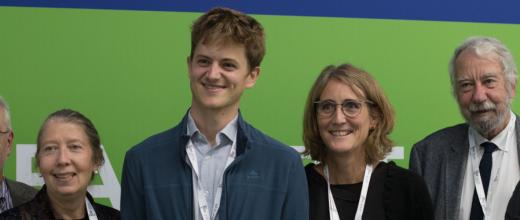16.10.2025
3 minutes of reading
On 15 October, the fourth IFPEN-ANRT thesis prize was awarded to Julie Dubuit for her civil engineering thesis entitled “Biogalvanic cathodic protection: a benthic microbial fuel cell-based solution against corrosion in marine environments applied to steel-reinforced concrete structures”, defended on 29 April 2024 at Toulouse University. This thesis was conducted within the framework of a CIFRE agreement signed with the SME CORROHM. The winner and her two academic supervisors explain how this research came about, the associated challenges and future prospects.
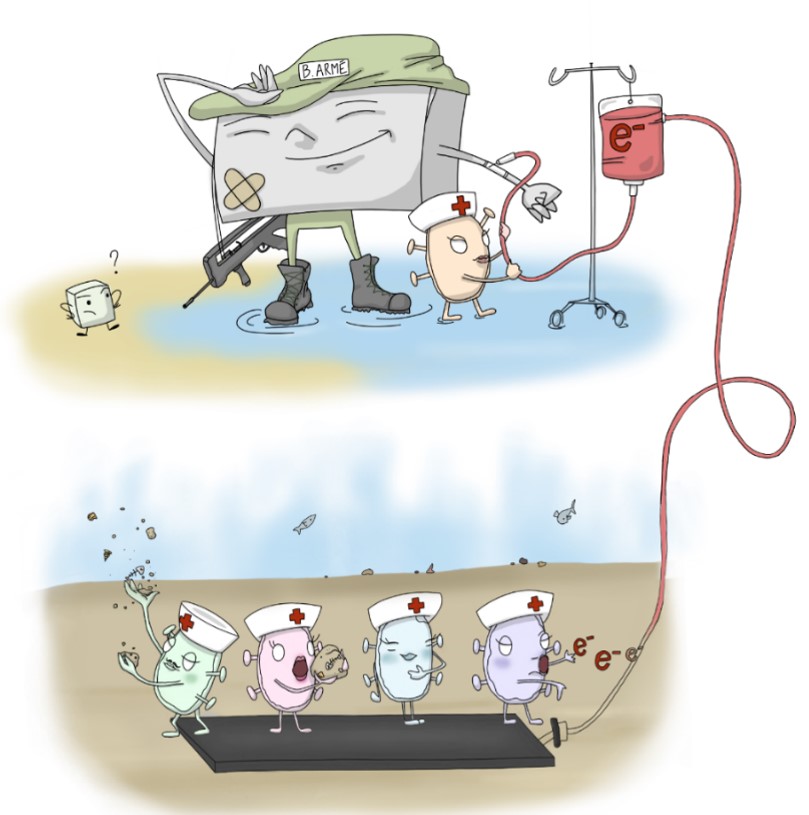
Interview with the winner, Julie Dubuit
Interview with academic supervisors
Alexandra Bertron, university professor, Director of the Toulouse National Institute of Applied Sciences (INSA), former Deputy Director of the Laboratoory of materials and durability of constructions (LMDC, attached to Toulouse University and INSA Toulouse).
Benjamin Erable, director of bioprocess engineering research at the Chemical Engineering Laboratory (LGC)*, CNRS bronze medal 2020
* The LGC is a joint research unit (UMR 5503) supervised by the CNRS, Toulouse INP and Toulouse University.
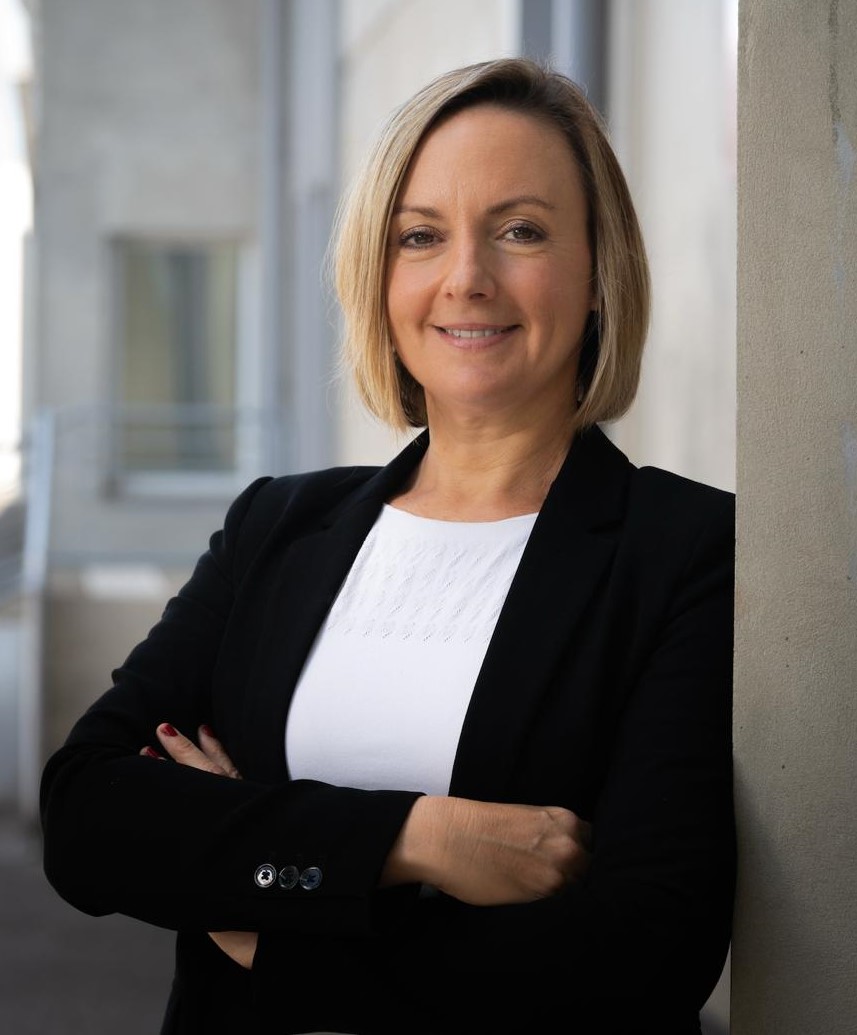
| 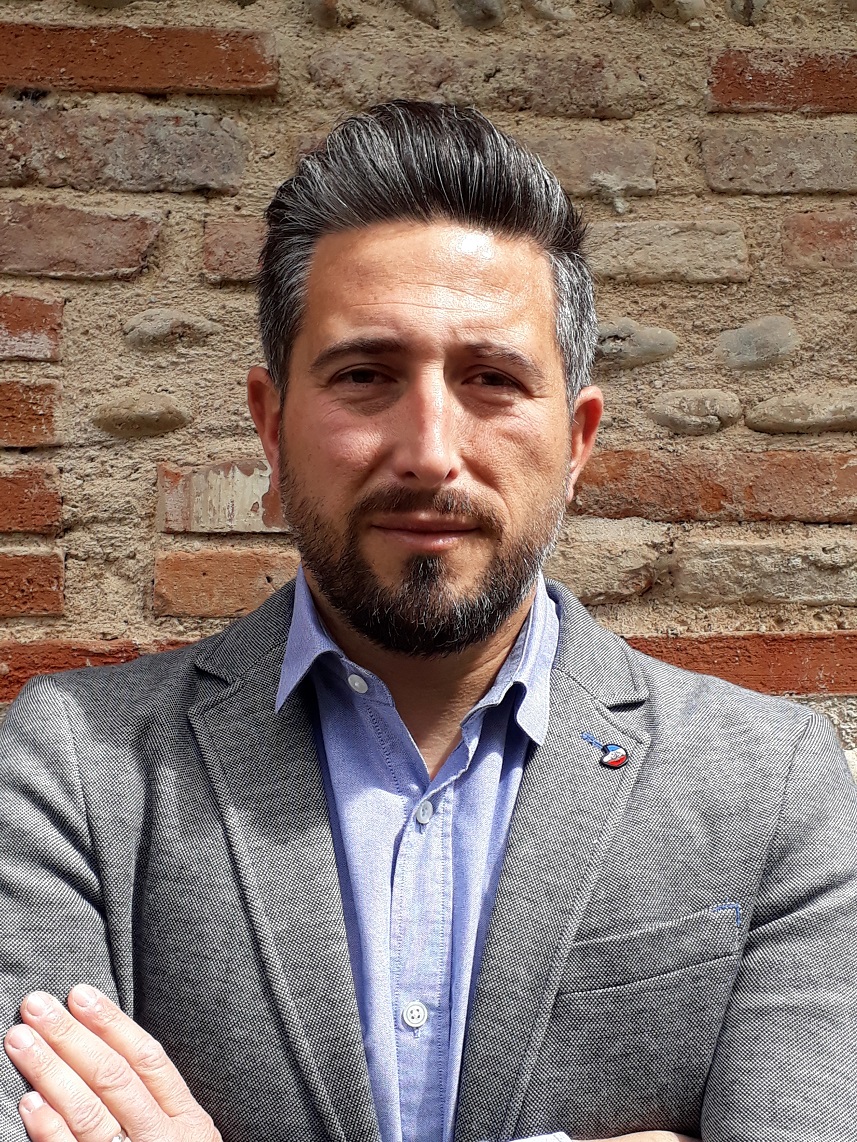
|
How did Julie’s research topic come about?
The project originally arose from an informal discussion between the two of us and Stéphane Laurens, who at the time was a lecturer-researcher at LMDC and who subsequently joined CORROHM as Scientific and Technical Director. Benjamin was working on electroactive microorganisms, I, Alexandra, was working on infrastructure durability in biological environments, and Stéphane was working on the corrosion of reinforced concrete structures and their cathodic protection. The idea of combining these three areas of expertise in order to utilize electroactive microorganisms for the purposes of infrastructure protection then emerged, giving rise to the thesis topic and an initial patent.
What are some of the key aspects addressed in Julie’s thesis?
The aim of this thesis is to design a new solution for protecting reinforced concrete structures, and potentially steel structures, against corrosion in marine environments. It is a well-known phenomenon, and solutions already exist, notably galvanic cathodic protection using sacrificial anodes. However, the major drawback with this method is that it is highly polluting due to the massive release of metals.
The research conducted aimed to develop and test an innovative, autonomous biogalvanic cathodic protection system, devoid of pollutant emissions, applicable, in particular, to bridge piles embedded in marine sediments, and to port infrastructure. This process utilizes microorganisms naturally present in sediments, without requiring any external inputs. It consists in inserting electrodes into the medium and encouraging local electroactive microbial communities to colonize them. Once established, they activate the electrodes, thereby protecting the structure autonomously and in an environmentally-friendly manner.
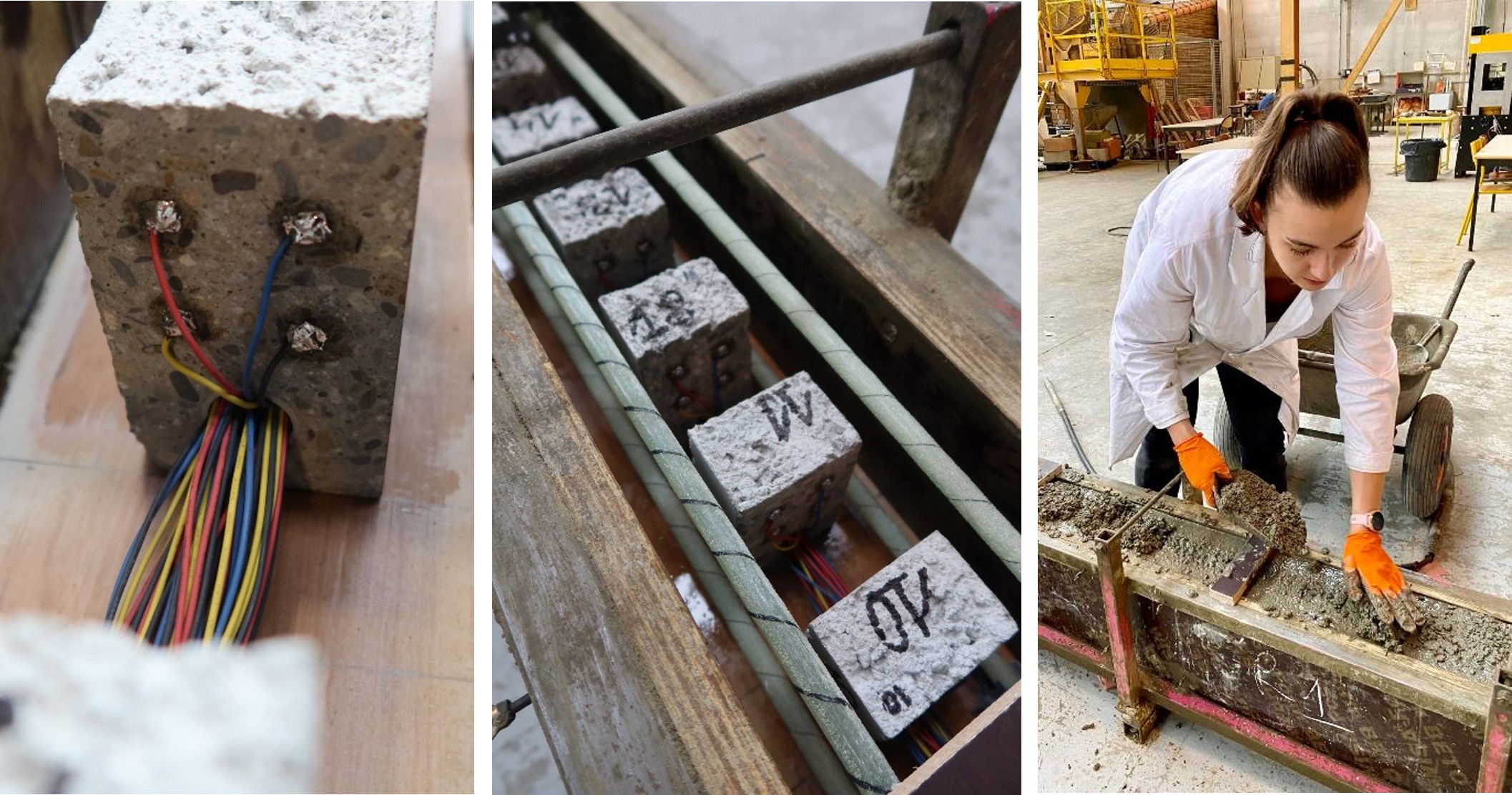
What were Julie’s main strengths in exploring this idea?
We knew from the outset that the candidate had an excellent theoretical background, and this was quickly confirmed. She conducted her research enthusiastically, demonstrating a high degree of autonomy.
Talented in both experimentation and modeling, she meticulously designed and implemented highly complex experimental set-ups. The systems she designed proved to be flawless, and the quality and reliability of her research are unquestionable.
She very quickly slotted seamlessly into the team thanks to shared values and Julie's personal qualities: humility, a willingness to listen and the ability to step back and reflect in order to take full advantage of any advice given.
Driven by her passion and commitment, she opted to extend her thesis work by participating in the industrial development of the biogalvanic cathodic protection process she had devised. To this end, she joined the Toulouse Tech Transfer accelerator to develop the project through to market launch. Today, she is overseeing its development, testament to her remarkable scientific and professional journey to date.
We consider ourselves extremely fortunate to have on our team a doctoral student and now a researcher of such calibre. A highly successful partnership all round!
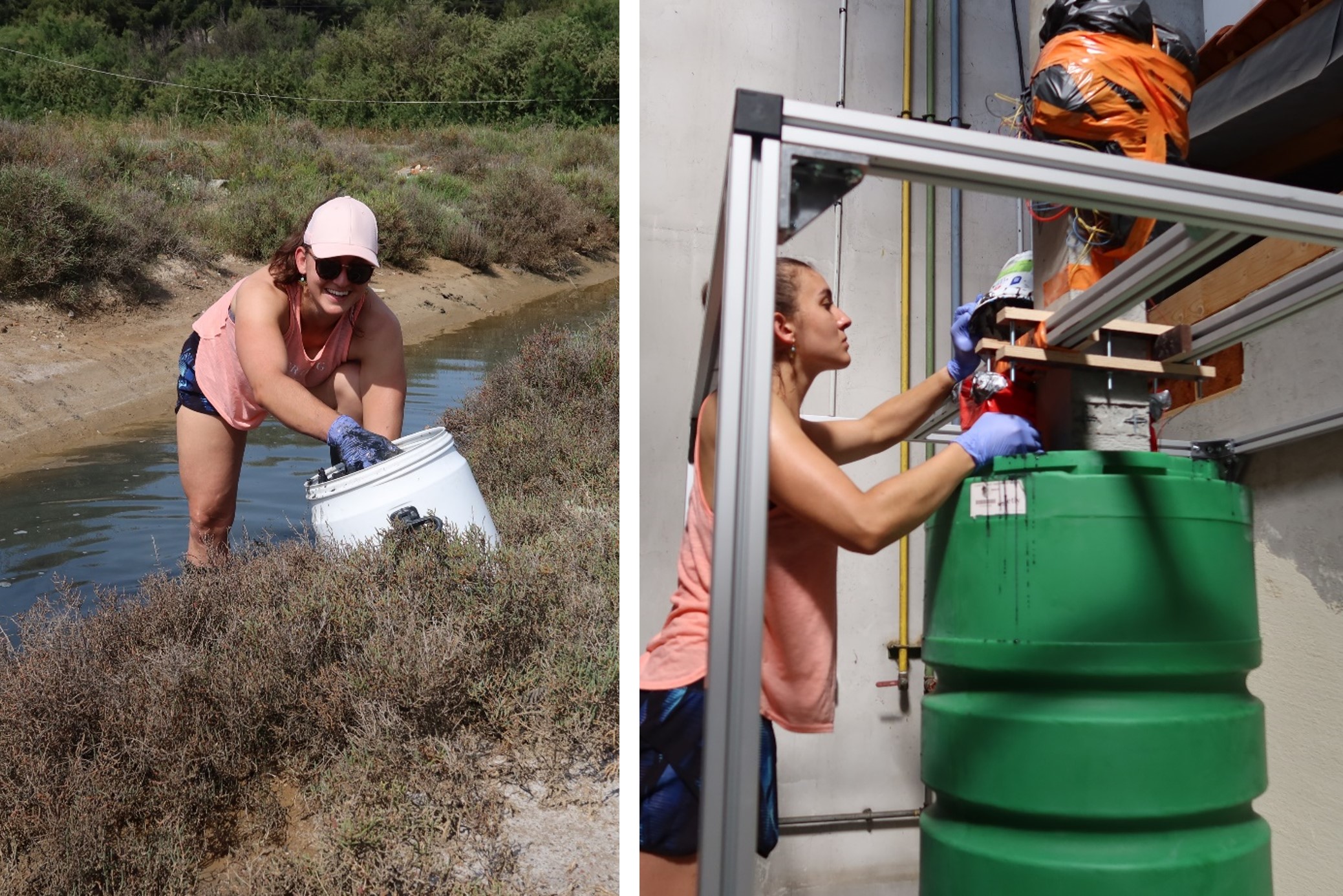
What next for this thesis research?
The development contract led by Julie will enable the process to be scaled up on an actual site, while exploring new applications for the protection of other types of materials. In the longer term, fundamental issues will also need to be addressed, but the immediate objective remains technological development. For our team, this is our first experience with applied research paving the way for a very high level of development.
Moreover, one of the original aspects of Julie’s research, now being further explored, relates to modeling. Already well advanced thanks to research conducted by her CORROHM supervisor, this aspect will be reinforced by an upcoming ANR project, led by Benjamin Erable in collaboration with the LMDC, aimed at developing models that are closer to the reality in the field than those built to date based on general data from scientific publications.
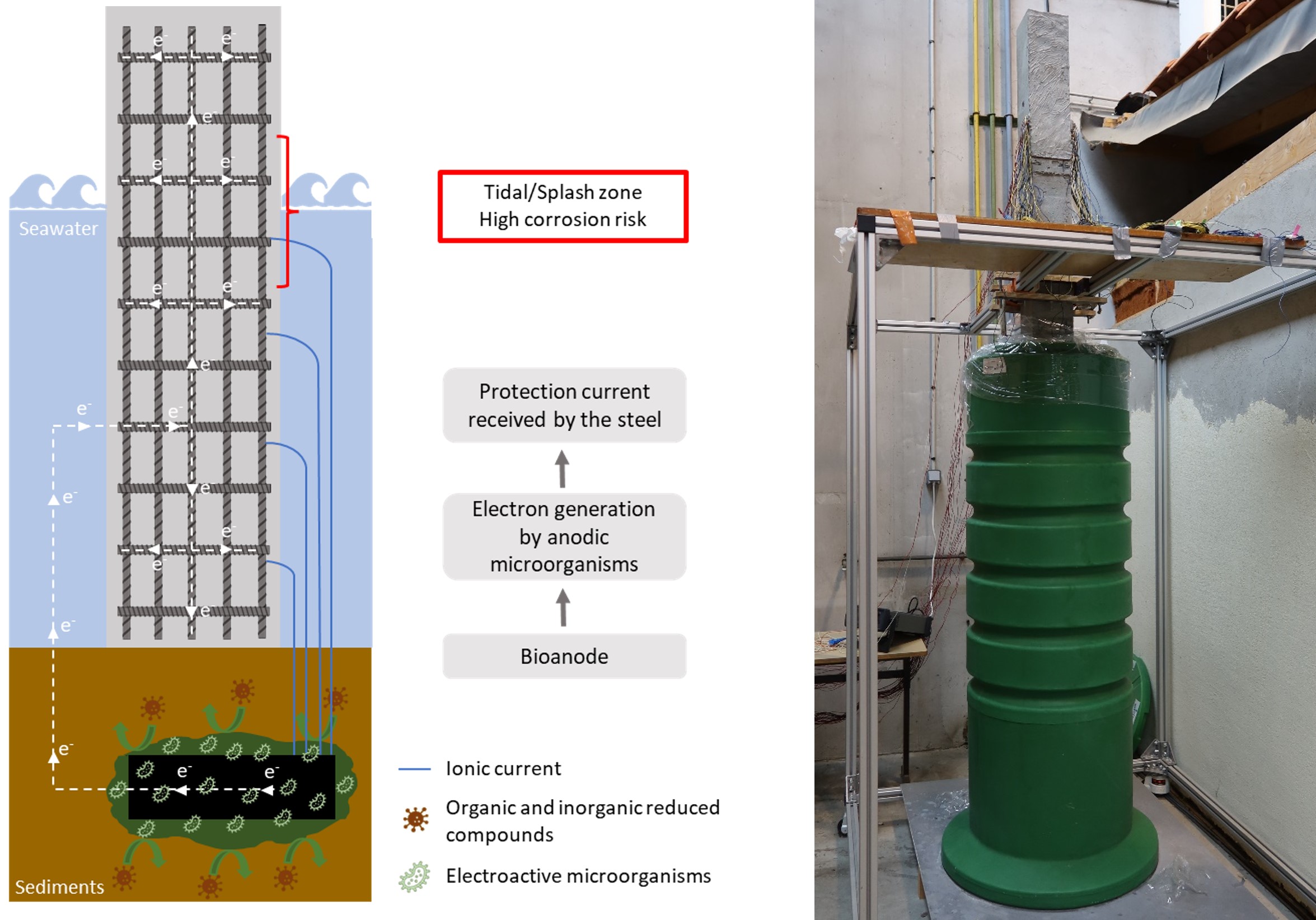
Can you tell us a little about the collaboration with CORROHM?
It should be recalled that Stéphane Laurens, Julie's scientific supervisor at CORROHM, is a former lecturer and researcher at LMDC, and several former LMDC doctoral students also work there. So we already knew one other well although the thesis certainly served to reinforce our collaboration. New joint projects have subsequently emerged, including a major regional project on floating wind power, in which CORROHM played a key role. The working relationship between the partners was consolidated throughout the thesis, which can only be beneficial for everyone.
What do you think about the CIFRE initiative?
We have already seen the benefits of CIFRE theses through collaboration with industrial partners: it is an extremely valuable initiative. While it facilitates cooperation with large companies, it was pivotal in the case of CORROHM, a much more modest structure. It unlocked the collaboration. Without such support, the collaboration would not have been so successful.
The thesis gave the partners three years to validate and explore the initial concept, an essential step for further development. Beyond the idea itself, the initiative enabled the laboratories and the company to fulfil their desire to work together. We don’t believe any other mechanism would have resulted in the same degree of success so quickly.






